Green Iguanas Conservation Project
- Known as bamboo chicken in restaurants.
- Purpose or main objective of the Centre is to educate children.
- The tail is twice the length of the body. If angry or aggressive it will flick their tail at you.
- 10% survival rate from laying its eggs.
- Once a year they lay eggs.
- 10 - 30 eggs initially laid then 50 - 80. Sometimes even 100 eggs.
- When fully mature they go from green to turn brown and then black.
- For mating the males become a beautiful attractive orange for the females.
- This Centre has 20 adults, 50 juveniles and 30 - 40 babies.
- Some are released back into the wild.
- Gomez is their star attraction.
ATM
The 2 ¾ hour excursion to the famous Actun Tunichil Muknal (Cave of the Crystal Sepulchre), (ATM), where untouched Mayan ceremonial and sacrificial remains were found.
ATM is a Maya archaeological site that includes skeletons, ceramics and stoneware. The best-known is "The Crystal Maiden", the skeleton of a teenage girl, possibly a sacrifice victim, whose bones have been calcified to a sparkling, crystallized appearance.
The ceramics at the site are significant partly because they are marked with "kill holes", which indicates they were used for ceremonial purposes. Many of the Mayan artifacts and remains are completely calcified to the cave floor.
To me so far this is certainly one of the highlights of the trip to date as it has the 'adventure' meaning I am not too old to be really stretched and cambering over rocks, swimming through the underground river, plus factor in the ancient Mayan civilisation. It was a real privilege that the archaeologists decided to leave the artifacts that they only recently found in situ ie exactly as they found it.
As NO cameras were allowed (because a tourist who dropped his camera onto a skull and broke it!) we are reliant on the supplied images.
The day was going to be WET. As it had rained most of the night and rain was still falling as we drove the hour to the national park passing newly planted cedar and mahogany tree plantations.
Helmets issued, packed lunch given out (roll, Snickers bar, piece of pineapple, bananas and a bottle of water) and off we walked. Three river crossings over the same river with one being up to our chest. We followed the bank for nearly an hour to the picnic area. Toilet stop and lunch was eaten under the shelter of a thatched roof shelter while our lights were fitted to the helmets before the start of the 2 ¾ hour caving experience.
We were broken into 2 groups of 8. At the cave entrance, first it was about a 30 metre swim to the far end before the start of the rock scrambling in single file. Instructions had to be relayed to the next person ’loose rock on the left, don’t touch the right-hand wall, step up, sit down and slide in, sharp rock on the left, break in the floor ahead etc’.
Passing thousands of years in the making of the stalactites and stalagmites the guide shone his touch highlighting the many different formations. Some have now joined to form columns, some still had water dripping down and others it had stopped. No lights, not walkways like the other caves that I have been into around the world. This was nature’s continual ongoing creation in its rawest form.
Climbing out of the water following the foot holds no doubt hundreds if not thousands of people but first by the Mayans have used in the past hundreds of years up further into the upper chamber of the cave.
Yes, the highlight was certainly the ceremonial chamber at the end. Staying in single file wearing just socks, we stayed within the narrow walkway at times marked out with the orange tape that indicated that an artifact was near by.
Seeing and understanding why the pots were deliberately broken (to let the spirits out), remains of the fire pits plus at the end the calcified skeletons will remain with me for a long time.
HIGHLIGHTS Wed 11 Dec: San Ignacio - Iguana, ATM
Wednesday, December 11, 2013
 San Ignacio, Cayo, Belize
San Ignacio, Cayo, Belize
Other Entries
-
63Cenotes - deep down into the bowels of the earth
Dec 047 days prior Cuzamá, Mexicophoto_camera85videocam 0comment 0
Cuzamá, Mexicophoto_camera85videocam 0comment 0 -
64HIGHLIGHTS Wed 4 Dec: Cenotes, Merida
Dec 056 days prior Merida, Mexicophoto_camera30videocam 0comment 0
Merida, Mexicophoto_camera30videocam 0comment 0 -
65Chichen Itza
Dec 056 days prior Chichen Itza, Mexicophoto_camera149videocam 0comment 1
Chichen Itza, Mexicophoto_camera149videocam 0comment 1 -
66HIGHLIGHTS Thurs 5 Dec: Chichen Itza
Dec 056 days prior Chichén Itzá, Mexicophoto_camera56videocam 0comment 0
Chichén Itzá, Mexicophoto_camera56videocam 0comment 0 -
67Cancun & Speedy Gonzales along Boulevard Kukulkan
Dec 065 days prior Cancun, Mexicophoto_camera65videocam 0comment 0
Cancun, Mexicophoto_camera65videocam 0comment 0 -
68Isla Mujeres
Dec 065 days prior Isla Mujeres, Mexicophoto_camera88videocam 0comment 0
Isla Mujeres, Mexicophoto_camera88videocam 0comment 0 -
69HIGHLIGHTS Fri 6 Dec: Cancun & Isla Mujeres
Dec 065 days prior Cancun, Mexicophoto_camera50videocam 0comment 0
Cancun, Mexicophoto_camera50videocam 0comment 0 -
70Maya / Toltec ruins of Tulúm
Dec 074 days prior Playa del Carmen, Mexicophoto_camera85videocam 0comment 0
Playa del Carmen, Mexicophoto_camera85videocam 0comment 0 -
71HIGHLIGHTS Sat 7 Dec: Tulum & Playa del Carmen
Dec 074 days prior Playa del Carmen, Mexicophoto_camera12videocam 0comment 0
Playa del Carmen, Mexicophoto_camera12videocam 0comment 0 -
72GO SLOW Caye Caulker
Dec 083 days prior Caye Caulker, Belizephoto_camera61videocam 0comment 0
Caye Caulker, Belizephoto_camera61videocam 0comment 0 -
73HIGHLIGHTS Sun 8 Dec: Mexico > Belize
Dec 083 days prior Caye Caulker, Belizephoto_camera29videocam 0comment 0
Caye Caulker, Belizephoto_camera29videocam 0comment 0 -
74Sharks, Sting rays & Turtles
Dec 092 days prior Caye Caulker, Belizephoto_camera83videocam 0comment 0
Caye Caulker, Belizephoto_camera83videocam 0comment 0 -
75HIGHLIGHTS Mon 9 Dec: Caye Caulker snorkelling
Dec 092 days prior Caye Caulker, Belizephoto_camera33videocam 0comment 0
Caye Caulker, Belizephoto_camera33videocam 0comment 0 -
76"GO SLOW” Caye Caukler to San Ignacio
Dec 101 day prior San Ignacio, Belizephoto_camera67videocam 0comment 2
San Ignacio, Belizephoto_camera67videocam 0comment 2 -
77HIGHLIGHTS Tues 10 Dec: Caye Caulker > San Ignacio
Dec 101 day prior San Ignacio, Belizephoto_camera29videocam 0comment 0
San Ignacio, Belizephoto_camera29videocam 0comment 0 -
78Green Iguana Conservation Project - San Ignacio
Dec 11earlier that day San Ignacio, Belizephoto_camera93videocam 0comment 0
San Ignacio, Belizephoto_camera93videocam 0comment 0 -
79ATM: Actun Tunichil Muknal, Crystal Sepulchre Cave
Dec 11earlier that day San Ignacio, Belizephoto_camera151videocam 1comment 0
San Ignacio, Belizephoto_camera151videocam 1comment 0 -
80HIGHLIGHTS Wed 11 Dec: San Ignacio - Iguana, ATM
Dec 11 San Ignacio, Belizephoto_camera54videocam 0comment 0
San Ignacio, Belizephoto_camera54videocam 0comment 0 -
81Tikai
Dec 121 day later Tikal, Guatemalaphoto_camera118videocam 0comment 0
Tikal, Guatemalaphoto_camera118videocam 0comment 0 -
82Flores = one's birthday
Dec 121 day later Flores, Guatemalaphoto_camera78videocam 0comment 1
Flores, Guatemalaphoto_camera78videocam 0comment 1 -
83HIGHLIGHTS Thurs 12 Dec: Tikai > Flores
Dec 121 day later Flores, Guatemalaphoto_camera96videocam 0comment 0
Flores, Guatemalaphoto_camera96videocam 0comment 0 -
84Flores to Rio Dulce = overwater cabins like Tahiti
Dec 132 days later Rio Dulce, Guatemalaphoto_camera94videocam 0comment 1
Rio Dulce, Guatemalaphoto_camera94videocam 0comment 1 -
85Livingstone @ 90 km per hour in that driving rain
Dec 132 days later Lívingston, Guatemalaphoto_camera144videocam 0comment 0
Lívingston, Guatemalaphoto_camera144videocam 0comment 0 -
86Macaw @ The Catamaram Island Hotel
Dec 132 days later Rio Dulce, United Statesphoto_camera58videocam 0comment 1
Rio Dulce, United Statesphoto_camera58videocam 0comment 1 -
87HIGHLIGHTS Fri 13 Dec: > Flores > Rio Dulce
Dec 132 days later Rio Dulce, United Statesphoto_camera112videocam 0comment 0
Rio Dulce, United Statesphoto_camera112videocam 0comment 0 -
88Rio Dulce to Antigua via slow thru Guatemala City
Dec 143 days later Antigua Guatemala, Guatemalaphoto_camera173videocam 0comment 0
Antigua Guatemala, Guatemalaphoto_camera173videocam 0comment 0 -
89Antigua: hairdresser = super quick orienation tour
Dec 143 days later Antigua Guatemala, Guatemalaphoto_camera74videocam 0comment 0
Antigua Guatemala, Guatemalaphoto_camera74videocam 0comment 0 -
90HIGHLIGHTS Sat 14 Dec: Antigua
Dec 143 days later Antigua Guatemala, Guatemalaphoto_camera89videocam 0comment 0
Antigua Guatemala, Guatemalaphoto_camera89videocam 0comment 0 -
91Antigua - a photographer’s nightmare!
Dec 154 days later Antigua Guatemala, Guatemalaphoto_camera199videocam 0comment 0
Antigua Guatemala, Guatemalaphoto_camera199videocam 0comment 0 -
92Hotel Casa Santo Domingo = 5 star hotel + museum
Dec 154 days later Antigua Guatemala, Guatemalaphoto_camera118videocam 0comment 0
Antigua Guatemala, Guatemalaphoto_camera118videocam 0comment 0 -
93HIGHLIGHTS Sun 15 Dec: Antigua
Dec 165 days later Antigua Guatemala, Guatemalaphoto_camera206videocam 0comment 0
Antigua Guatemala, Guatemalaphoto_camera206videocam 0comment 0 -
94Cerro de la Cruz = Rio keep your day job
Dec 165 days later Antigua Guatemala, Guatemalaphoto_camera22videocam 0comment 1
Antigua Guatemala, Guatemalaphoto_camera22videocam 0comment 1 -
95Antigua’s ‘chicken’ bus terminal
Dec 165 days later Antigua Guatemala, Guatemalaphoto_camera61videocam 0comment 1
Antigua Guatemala, Guatemalaphoto_camera61videocam 0comment 1 -
96Crossing the border, feet up & not leaving the van
Dec 165 days later Copán, Hondurasphoto_camera56videocam 0comment 0
Copán, Hondurasphoto_camera56videocam 0comment 0 -
97HIGHLIGHTS Mon 16 Dec: Antigua > Copan
Dec 176 days later Copan, Hondurasphoto_camera65videocam 0comment 0
Copan, Hondurasphoto_camera65videocam 0comment 0 -
98Copan ruins
Dec 176 days later Copán, Hondurasphoto_camera210videocam 0comment 1
Copán, Hondurasphoto_camera210videocam 0comment 1

 San Ignacio, Cayo, Belize
San Ignacio, Cayo, Belize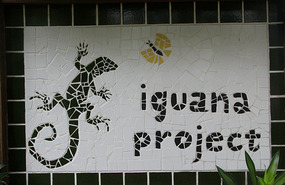
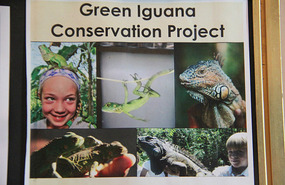
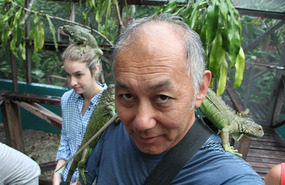
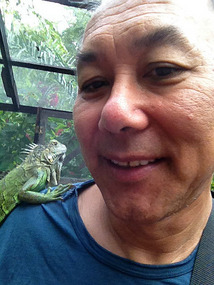
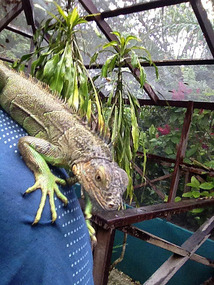
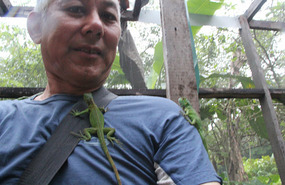
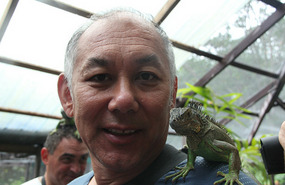
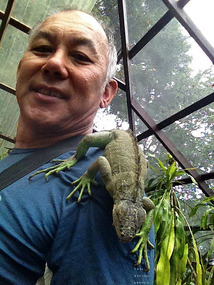
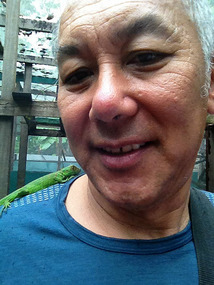
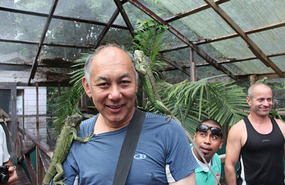
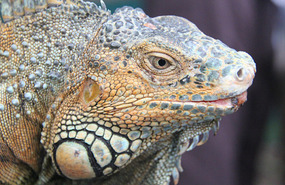
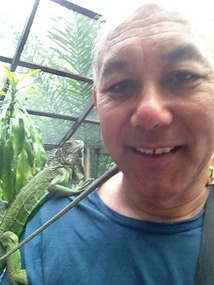
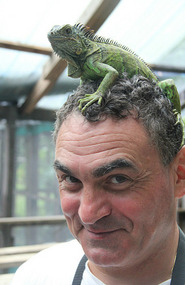
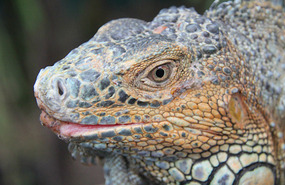
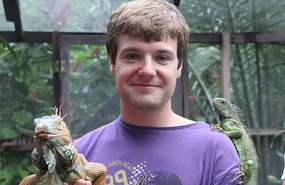
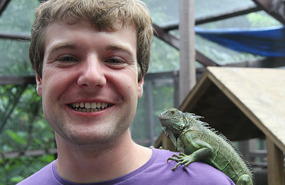
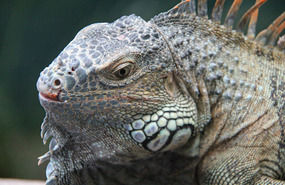
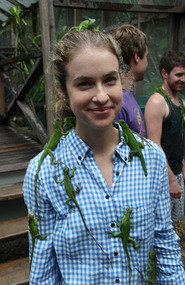
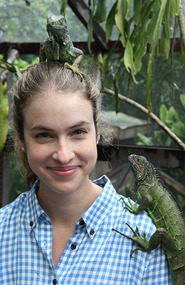
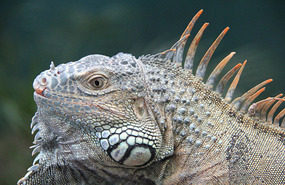
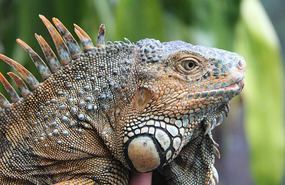
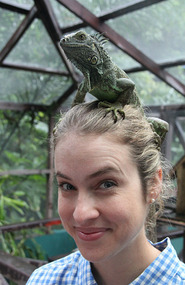
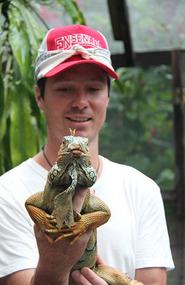
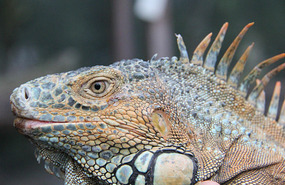

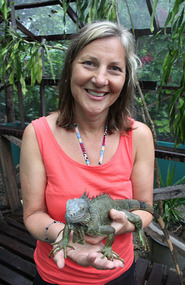
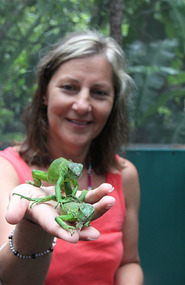
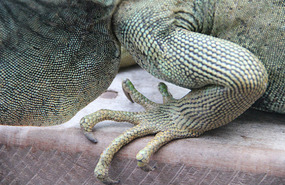
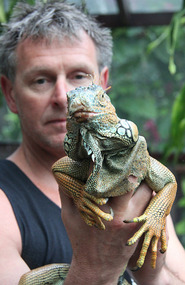
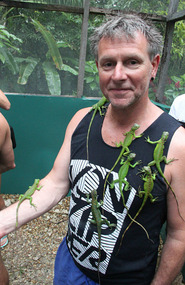
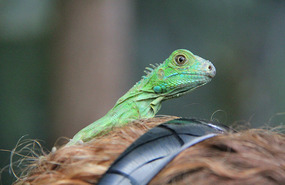

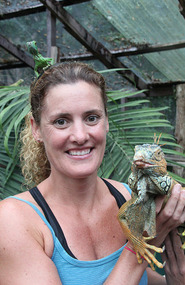
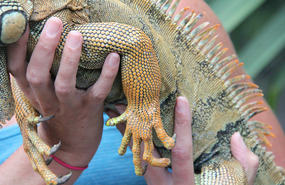
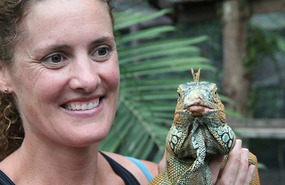
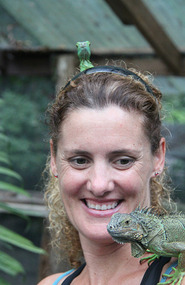
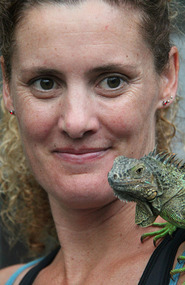

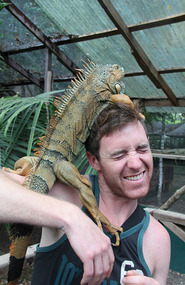
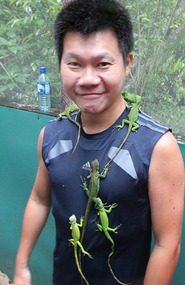
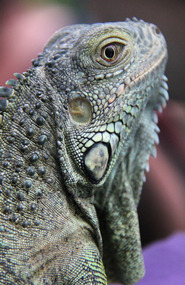
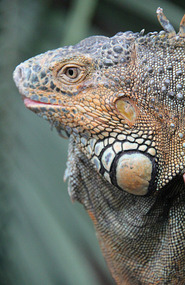
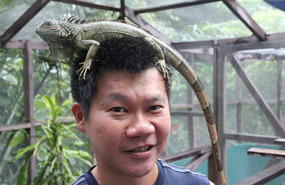
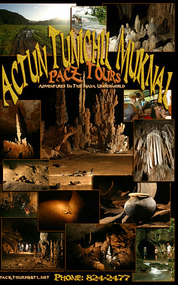
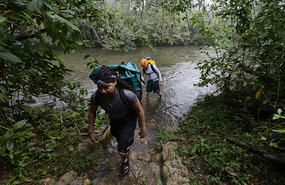
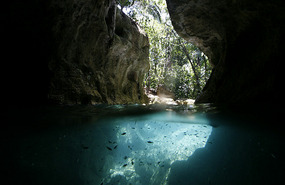
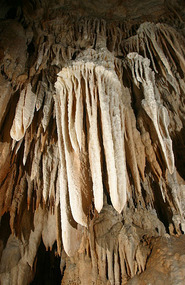
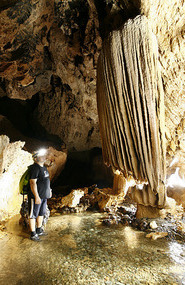
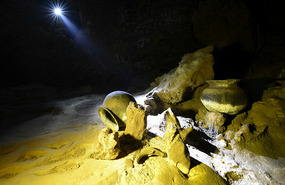
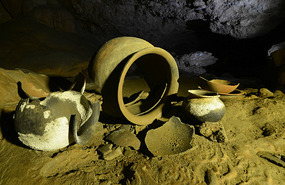
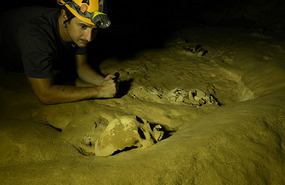
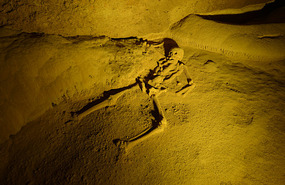
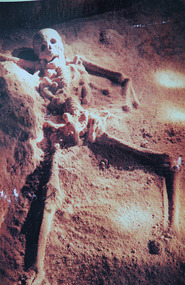
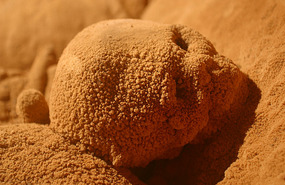





2025-05-22